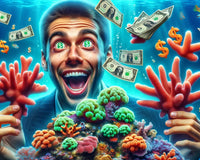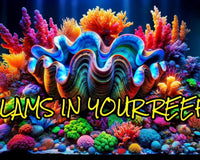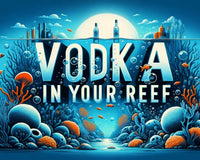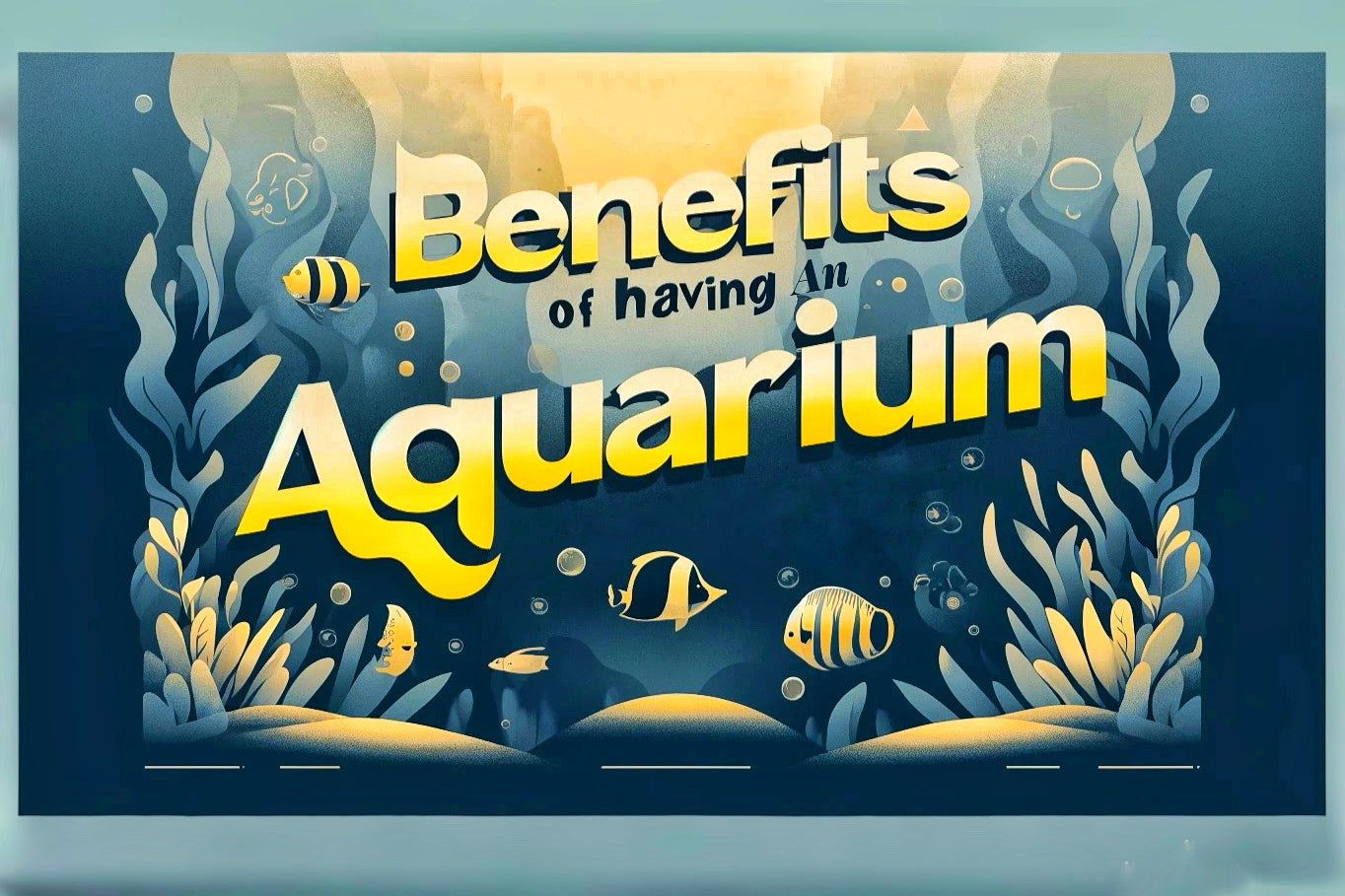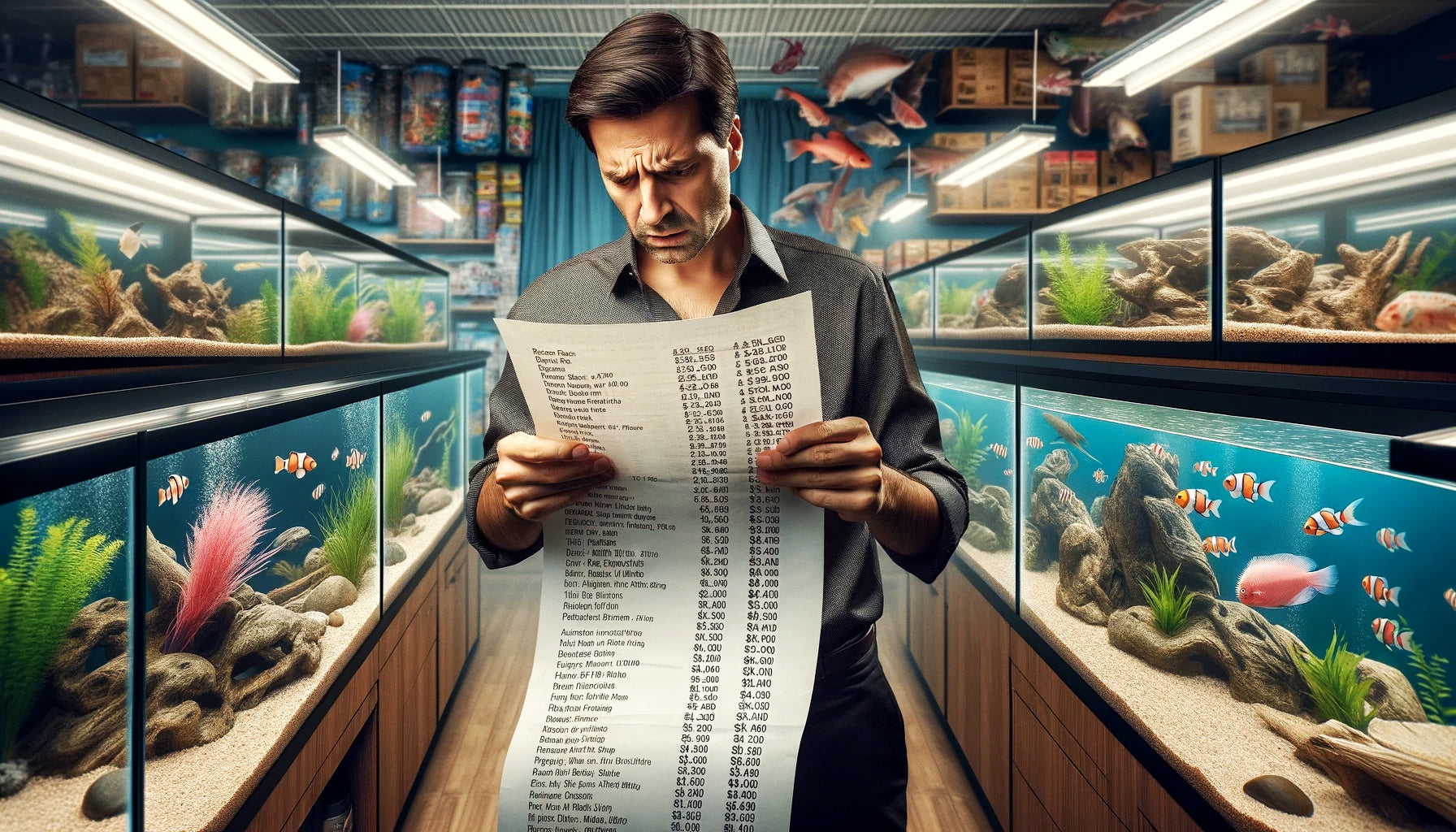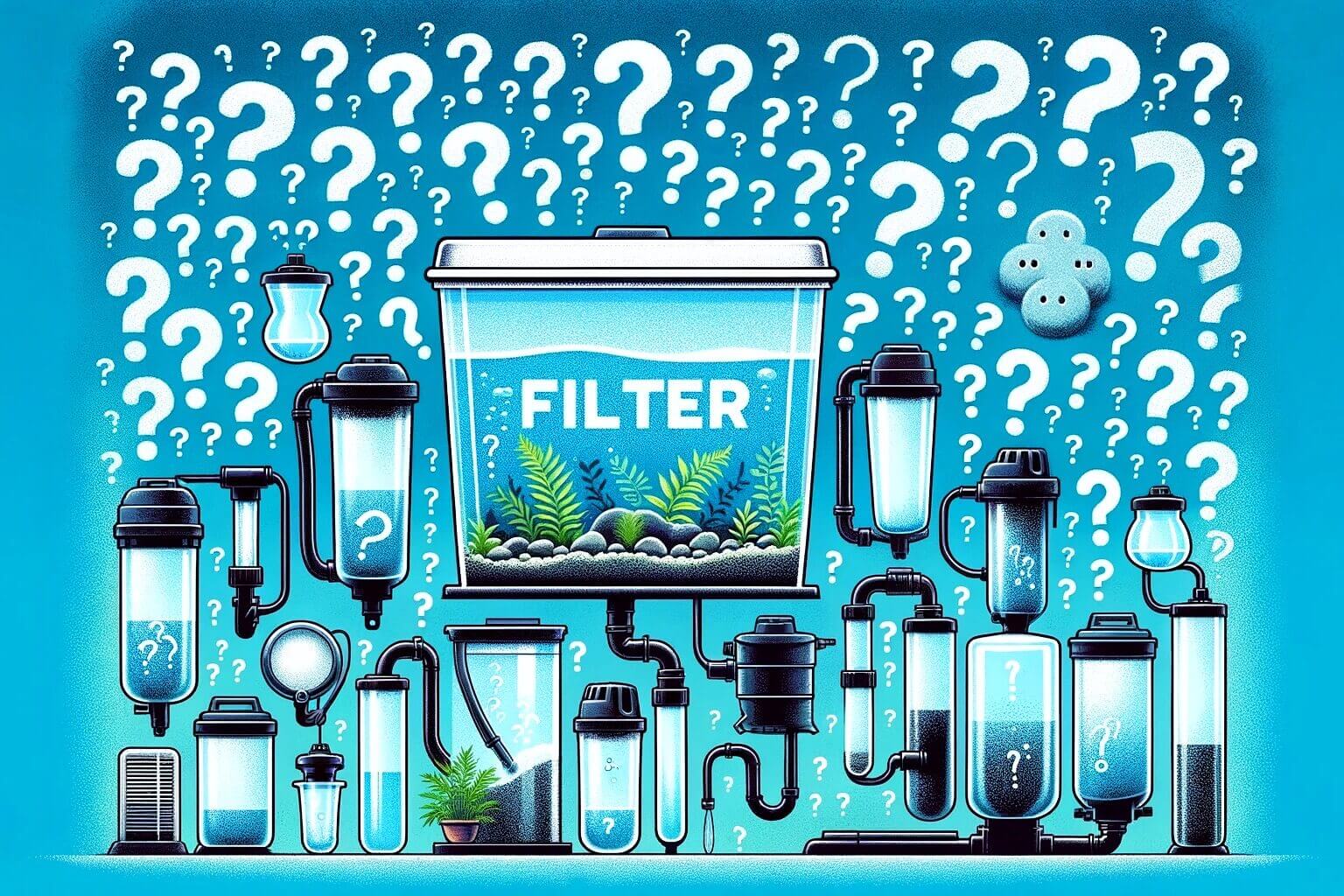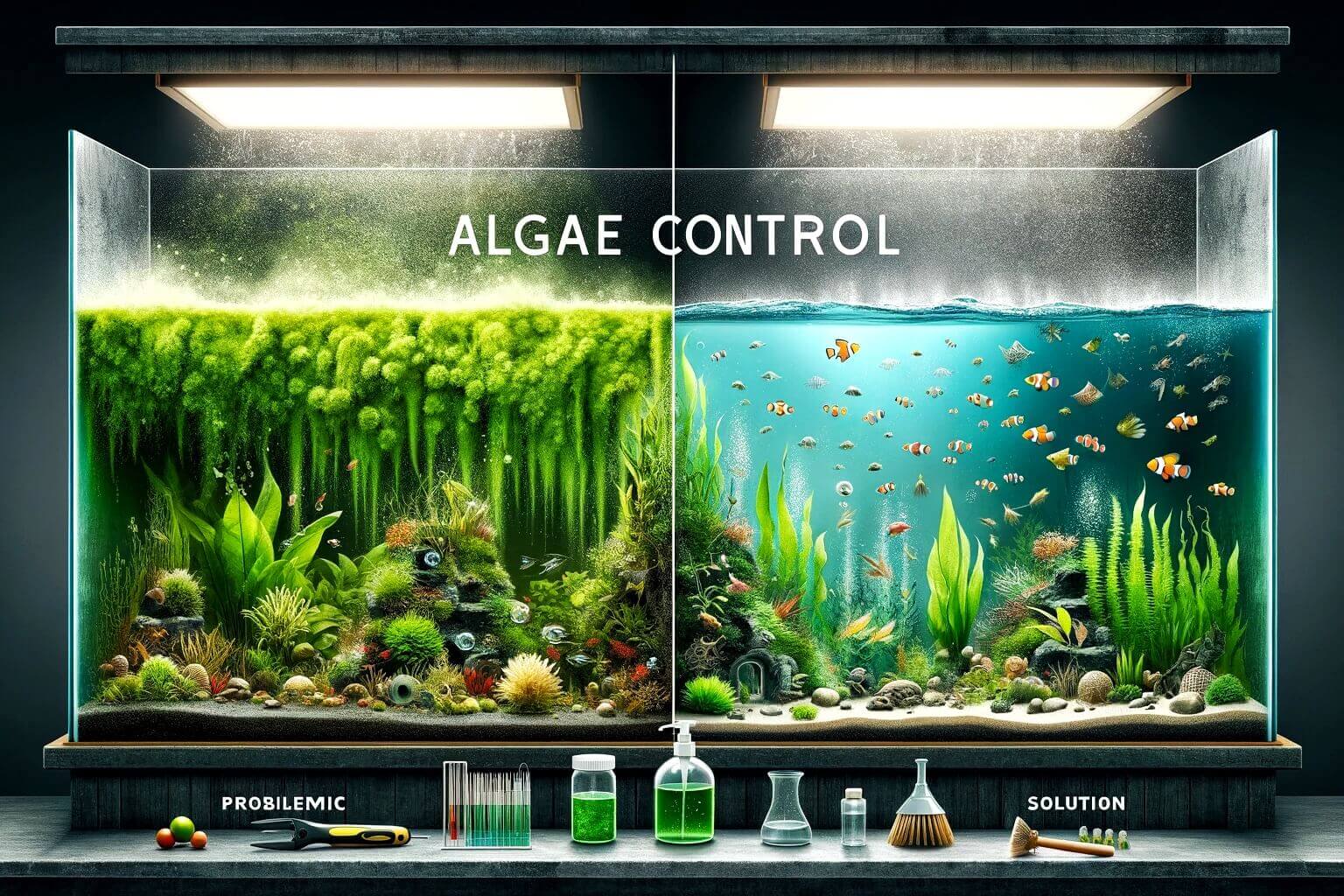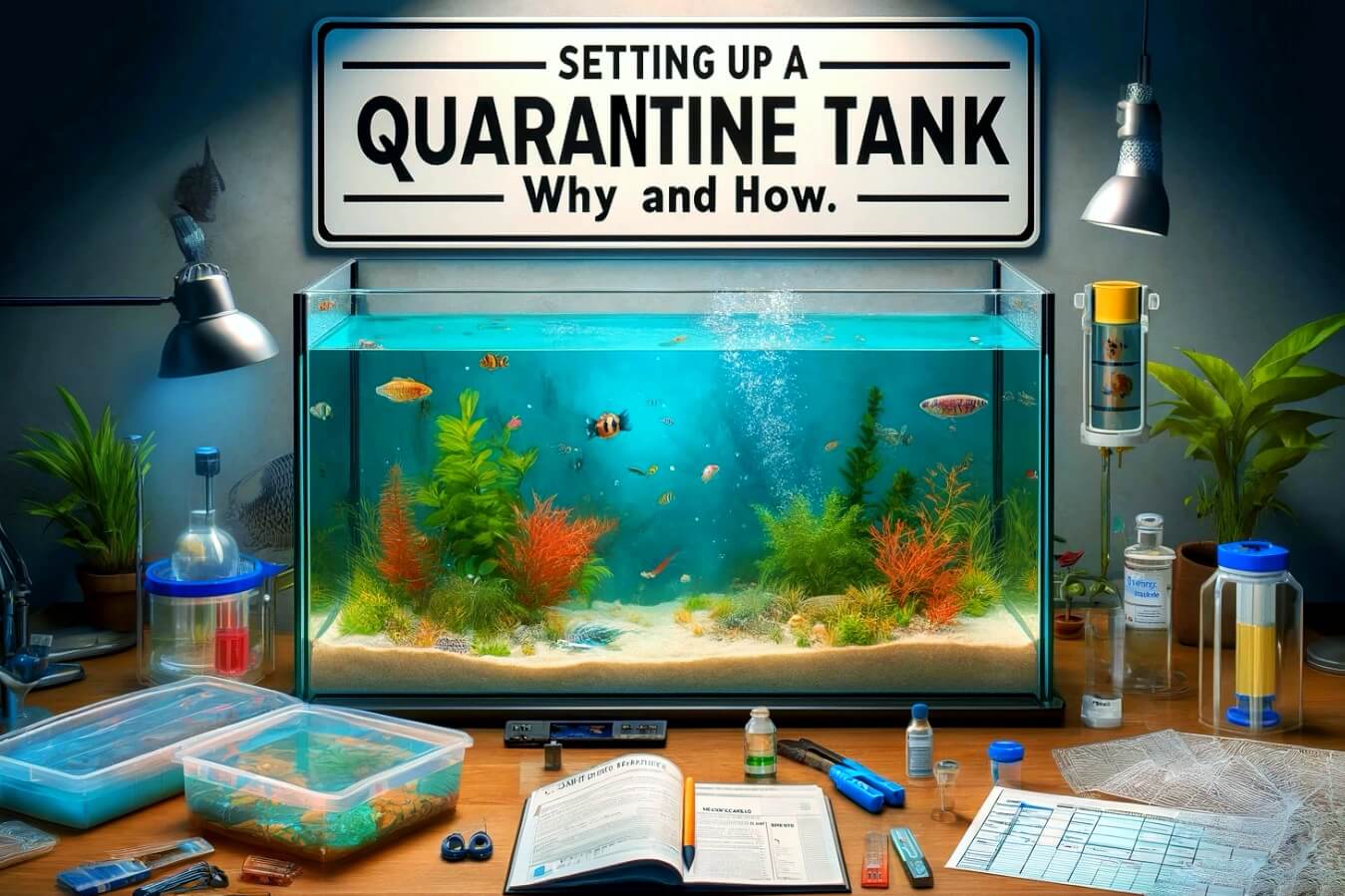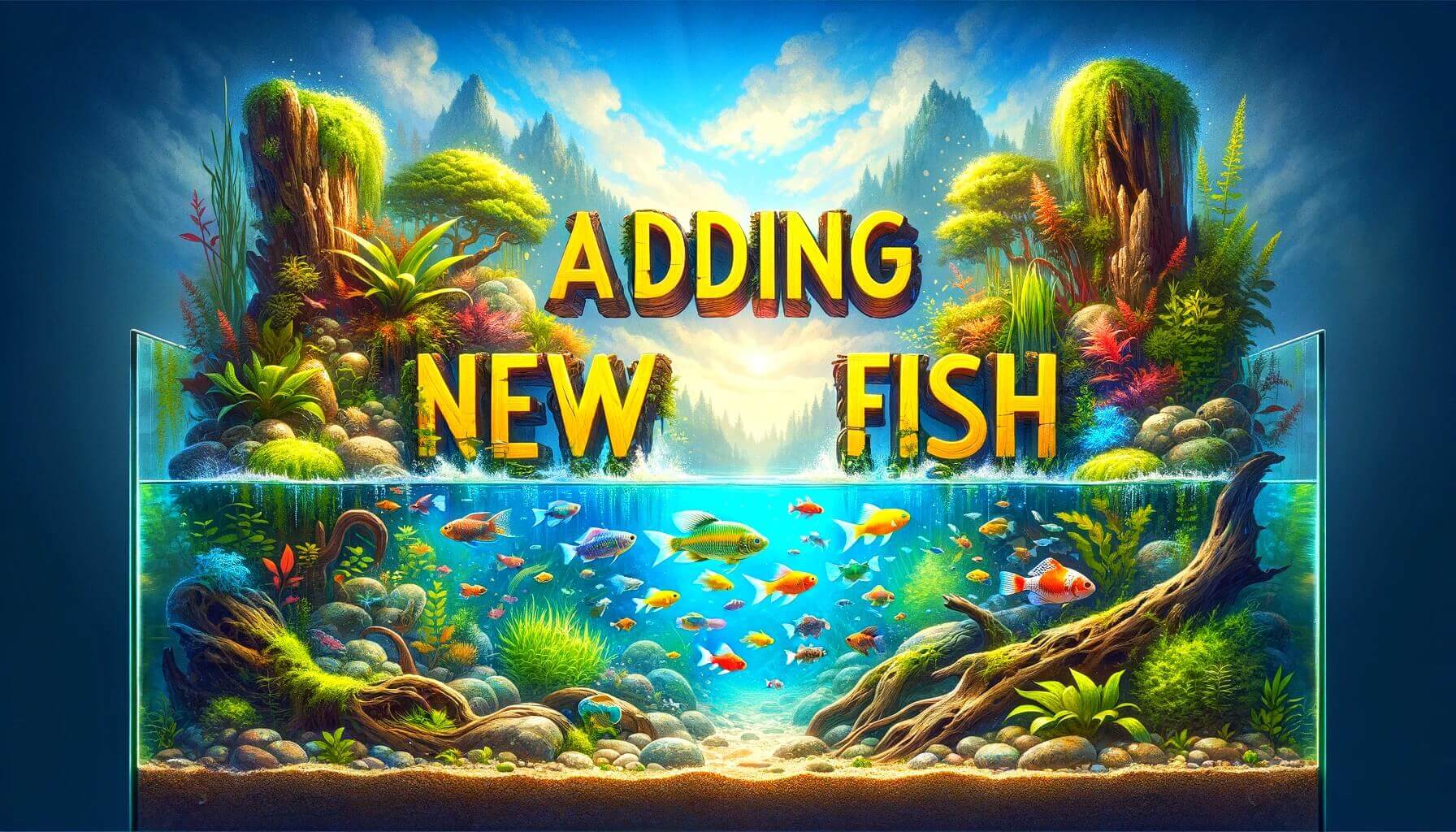Dechlorination, Why Is It Essential?
For most of us in the Aquarium Keeping hobby, getting water for our ponds and tanks is fairly straightforward. We either get it straight from our taps at home, or we use a pure source such as rainwater or RO (water purified by reverse osmosis) to fill our systems.

However, tap water may be fine for us to drink, but for our aquariums it must be treated before it is safe to use.
In this blog we will discuss why chlorine is added to tap water, why it must be removed before going into any aquarium or pond, and why alternative water sources may be better for some systems.
Chlorine is there for us
Water is the spice of life, including such life that would do us harm. In the past, diseases such as Dysentery, Typhoid and Legionnaire's Disease were common in the water we drank. The advent of industrial supply of tap water changed that, Chlorine and its cousin Chloramine were added to tap water specifically to kill these pathogens, and keep us from getting sick. However, as you could imagine this has dire consequences for any aquarium if added untreated.
No Dechlorination, No Filtration
When added to an aquarium, the Chlorine and Chloramine in tap water will kill any bacteria present in the tank, including any bacteria necessary for filtration. This will cause Ammonia spikes and ill health amongst the aquarium inhabitants. Chlorine may also damage the delicate membranes on our fish, and may cause fatal damage, with visible burns around the gills.

For as long as the water is untreated, no filtration will establish. Hence, when setting up any indoor aquarium or pond for the first time a dechlorinating treatment must be used. Treatment must also be added to any water used for topping up, and to any water used for water changing.
Methods Of Dechlorination
Most aquarium water treatments use a chemical called Sodium Thiosulphate, a wonderfully versatile compound that reduces Chlorine and Chloramine to harmless Chlorides. It can even be used to reverse Cyanide poisoning in humans! Here at Aquariumkeeping.co.uk one of our most popular dechlorinators for Aquariums is ATM Barrier, a treatment that not only dechlorinates the water but also removes heavy metals: and adds a dash of Aloe Vera and Vitamin E to replace the slime coat of fish and help them recover from the transport stress.

Another popular method of dechlorination is water purification by use of an inline Activated Carbon Filter. These filter systems are connected to feed water and remove chlorine and chloramine through use of Activated Carbon contained in a "Carbon Block". These systems are especially useful for pond systems, where large top ups and water changes are often required.
Using Water That Is Already Purified
As is standard practice with Saltwater Aquariums, one can also use pre-purified water for all types of systems. For instance, many species of Freshwater Shrimp benefit substantially from having remineralised pure water in their tanks. Hence, when using water that is already purified, the use of a re-mineraliser treatment is essential, as pure water contains none of the essential minerals that fish, shrimps and plants need to thrive. Pure water usually comes in the form of Rainwater, Distilled Water, RO Water.
A Healthy Start
In summary, dechlorination is essential when starting any new aquarium, when topping up and water changing to ensure the proper establishment of filtration and to keep away harmful ammonia spikes that can wipe an entire system out. There are many treatments and methods out there to ensure that any system you establish is healthy and thriving right from the start, with no next day heartbreaks.
We at aquariumkeeping.co.uk are always available to answer any questions you may have. Feel free to contact us on the links below or drop us a message on the website.



